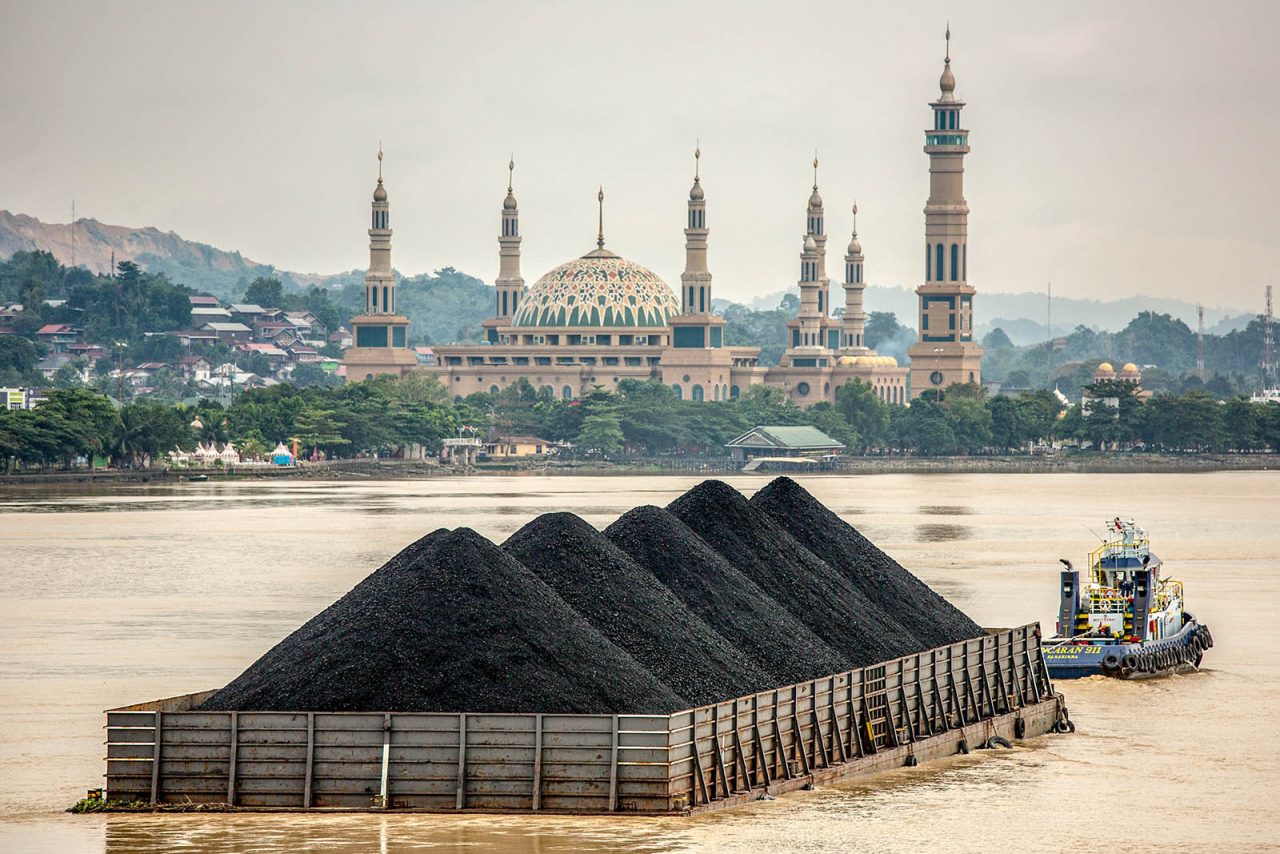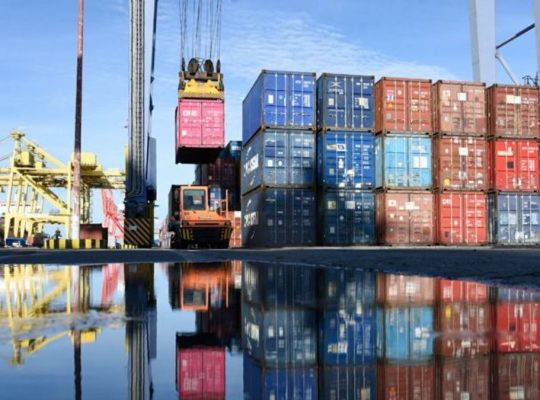In April 2024, Australia saw its coal prices jump by 2.3%, increasing from $132 per metric ton (MT) to $135 per MT. This price hike was primarily due to a spike in exports to China. Additionally, in Europe, stronger pricing helped nudge Australian coal prices higher. The steel industry is showing signs of revival, with market insiders revising prices upwards as they expect continued demand and a tightening supply. Furthermore, the Australian weather authorities hinted at the end of the El Niño weather pattern which could disrupt production and potentially lower output, offering additional support to coal prices.
On the other side, China’s coal prices dipped because of a surplus, further inflated by Australia’s increasingly high exports of coal to China, overtaking those to Japan for the first time in several years. This shift in where Australia sends its coal not only points to changes in trade but also suggests a thawing in political relations between China and Australia. China’s domestic coal market, however, faces a slump due to soft demand and rising stockpiles, with influential companies like Shenhua decreasing prices again for big buyers, putting extra downward pressure on prices. The plentiful supplies from Australia have notably added to the growing stock levels.
Power plants generally are less selective about the quality of coal than metal producers. This is clear from Indonesia, the world’s top exporter of coal used for electricity generation, sending out large amounts of its better-quality product to meet international demand. Indonesia’s coal is in high demand globally, leading to market price increases due to heightened international interest and supply challenges. Strong demand is notable from India, China, and Europe, with a projected increase in Indonesia’s own domestic consumption.
South African coal also experienced a boost, as customers turned to South Africa’s coal over other regional options, keeping its prices strong, especially with Europe’s high coal costs. Interruptions in supply chains from the United States, specifically after a Baltimore bridge collapse, also influenced South African coal prices. South African coal exports are doing well, particularly because Indonesian buyers prefer its higher carbon content coal.
In the United States, the coal market is on the rise, with exports getting a lift from growing demand in Asia. The shuttering of Baltimore’s port isn’t seen as having a significant impact on U.S. coal prices. Even though the U.S. power market’s coal usage has gone down, American exports of coal remain solid, underlining the lively nature of the global coal trade.
ChemAnalyst predicts a climb in coal prices driven by increasing demand. Those in the coal business are hopeful for the future, banking on better coal availability with rising demands from sponge iron producers and possible declines in production due to the likely end of El Niño, after which extreme weather could affect Australia. Prices could get even more support from the current scant supply coupled with weather woes. In addition, intense heatwaves in Asian countries like Thailand, the Philippines, and Vietnam are predicted to push up energy use and, thus, coal demand. An expected uptick in coal shipments from the Philippines as it recovers from its rainy season may relieve some supply constraints, possibly bringing coal prices down eventually.


















